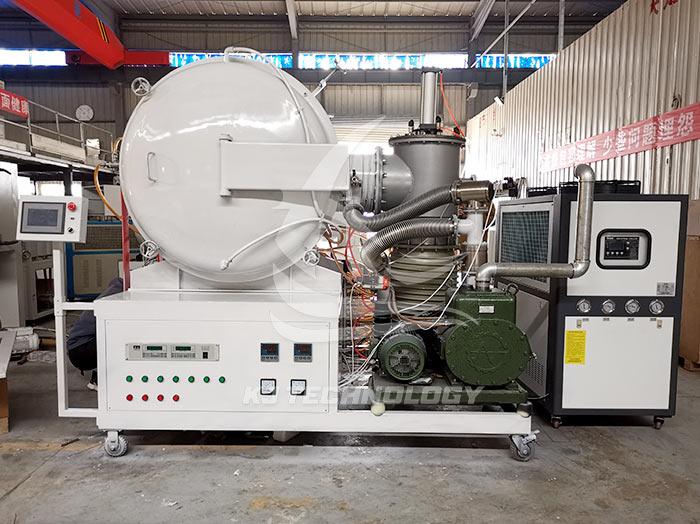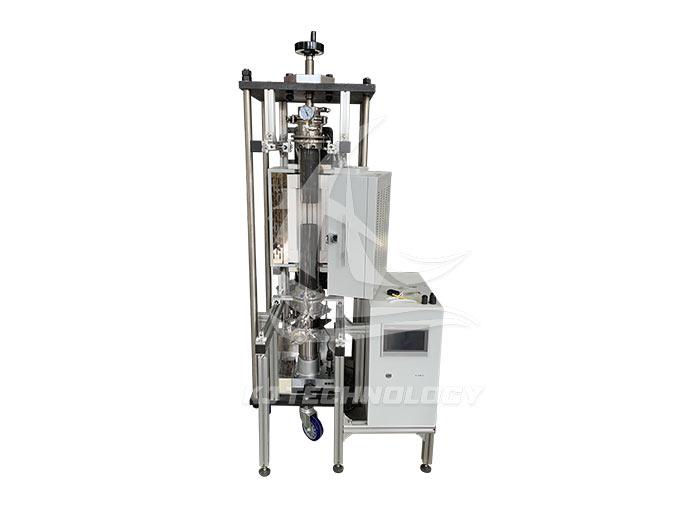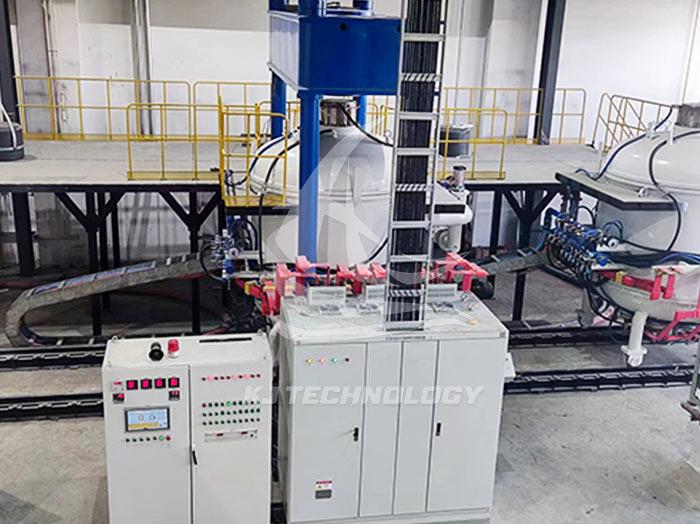What materials can laboratory vacuum furnaces handle?
 06-26-2025 Author: KJ technology
06-26-2025 Author: KJ technology
The laboratory vacuum furnace can process a variety of materials, including metals, ceramics, semiconductors, nanomaterials, composite materials, and biochar, as follows:
1. Metal materials:
Metal powders: such as iron-based, copper based, nickel based and other metal powders, can be sintered under vacuum atmosphere to avoid oxidation, so that the powder particles can combine with each other through high-temperature diffusion and other effects to form dense metal products, which are used to manufacture mechanical parts, cutting tools, etc.
Refractory metals: Refractory metals such as tungsten and molybdenum can be heated in a vacuum atmosphere tube furnace for heat treatment, melting, and other operations to improve their microstructure and properties, meeting the special requirements of aerospace, electronics, and other fields for refractory metal materials.
Precious metals: Gold, silver, platinum and other precious metals are heated in a vacuum atmosphere tube furnace during processing and handling to prevent them from reacting with impurities in the air at high temperatures, ensuring the purity and properties of the precious metals. They are commonly used in processes such as melting and annealing of precious metal materials.
High temperature alloys, magnetic materials, and titanium alloys: suitable for vacuum heat treatment, vacuum degreasing, vacuum brazing, and vacuum sintering.
2. Ceramic materials:
Oxide ceramics, such as alumina and zirconia ceramics, can be sintered by heating to 1200 degrees Celsius in a vacuum atmosphere to improve their density, hardness, and mechanical strength, making them widely used in structural ceramics, electronic ceramics, and other fields.
Non oxide ceramics: Non oxide ceramics such as silicon nitride and silicon carbide, heated in a vacuum atmosphere tube furnace, can be synthesized and sintered under specific atmospheres to obtain high-performance non oxide ceramic materials, which are used to manufacture high-temperature wear-resistant and corrosion-resistant components.
3. Semiconductor materials:
Compound semiconductor materials, such as gallium arsenide, gallium nitride, and other compound semiconductor materials, can be grown and annealed under vacuum atmosphere for the preparation of high-performance optoelectronic devices, high-frequency electronic devices, etc.
4. Nanomaterials:
Nano metal materials: By heating in a vacuum atmosphere tube furnace, nano metal particles can be subjected to heat treatment to control their particle size, shape, and crystal structure, improving the stability and performance of nano metal materials. They have important applications in catalysis, electronics, and other fields.
Nano oxide materials, such as nano zinc oxide and nano titanium dioxide, can be synthesized and crystallized by heating in a vacuum atmosphere tube furnace to obtain nano oxide materials with specific properties, which are used in fields such as photocatalysis and sensors.
Nanocarbon materials: Nanocarbon materials such as carbon nanotubes and graphene can be purified and doped by heating in a vacuum atmosphere to improve their properties and expand their applications in fields such as electronics and energy.
5. Composite materials:
Carbon fiber reinforced resin based composite materials, metal based composite materials, etc. can be heated in a vacuum atmosphere tube furnace for curing, hot pressing, and other processes to better bond the components of the composite material and improve its performance.
6. Biochar materials:
Using a vacuum atmosphere tube furnace, biomass can be carbonized at high temperatures in an anaerobic environment to produce biochar.








